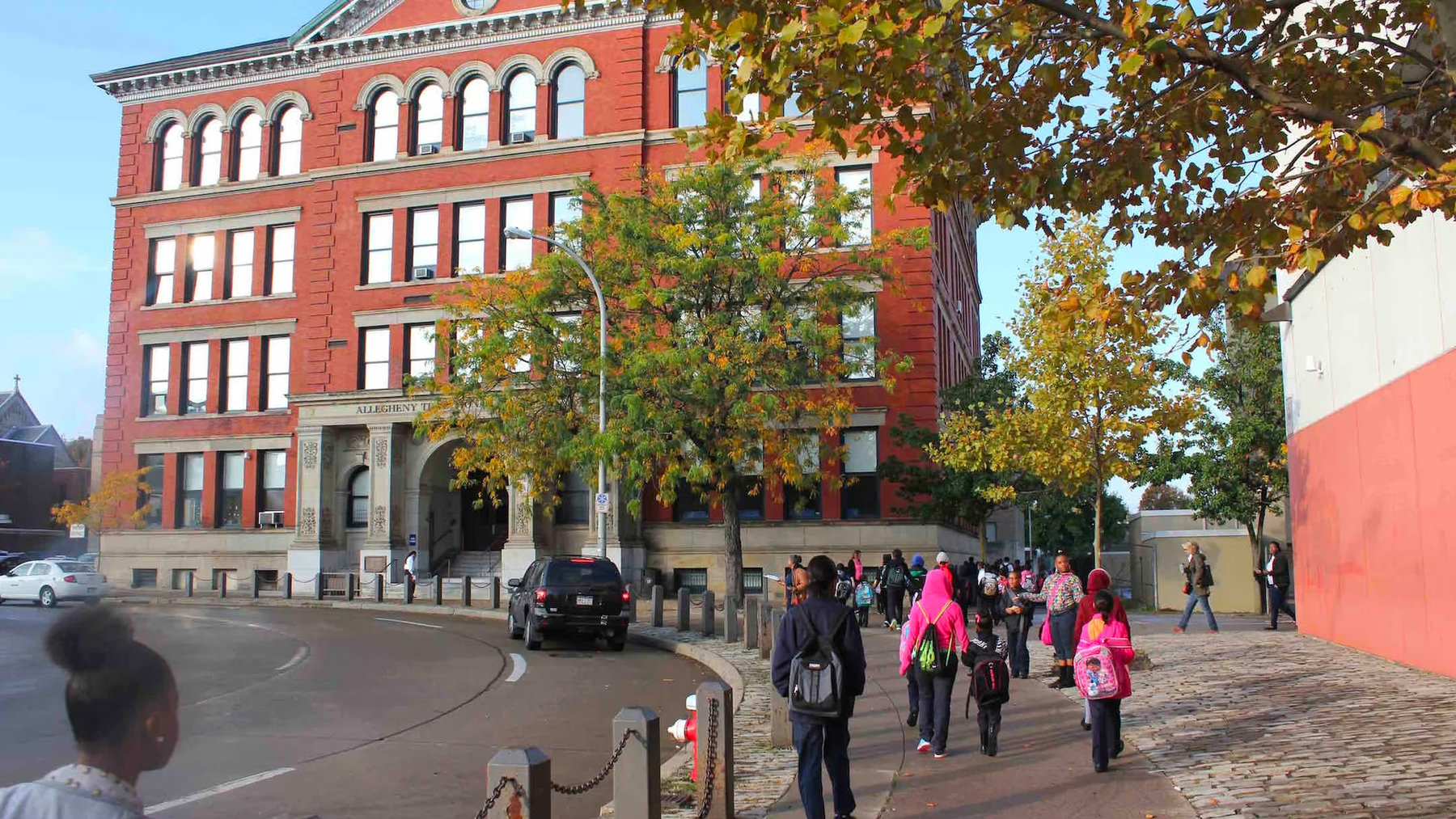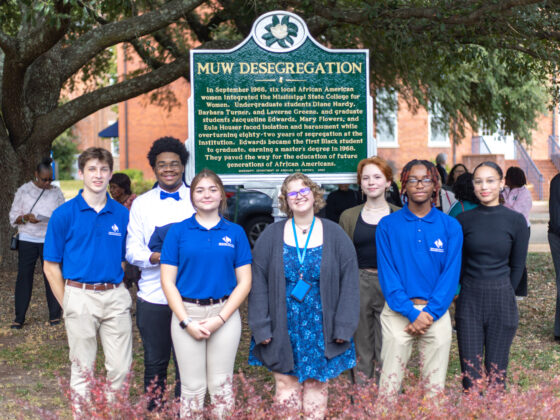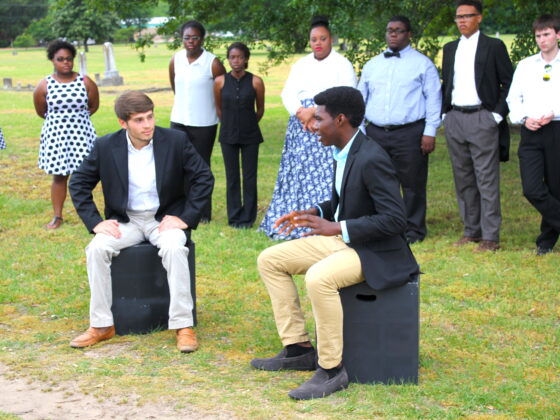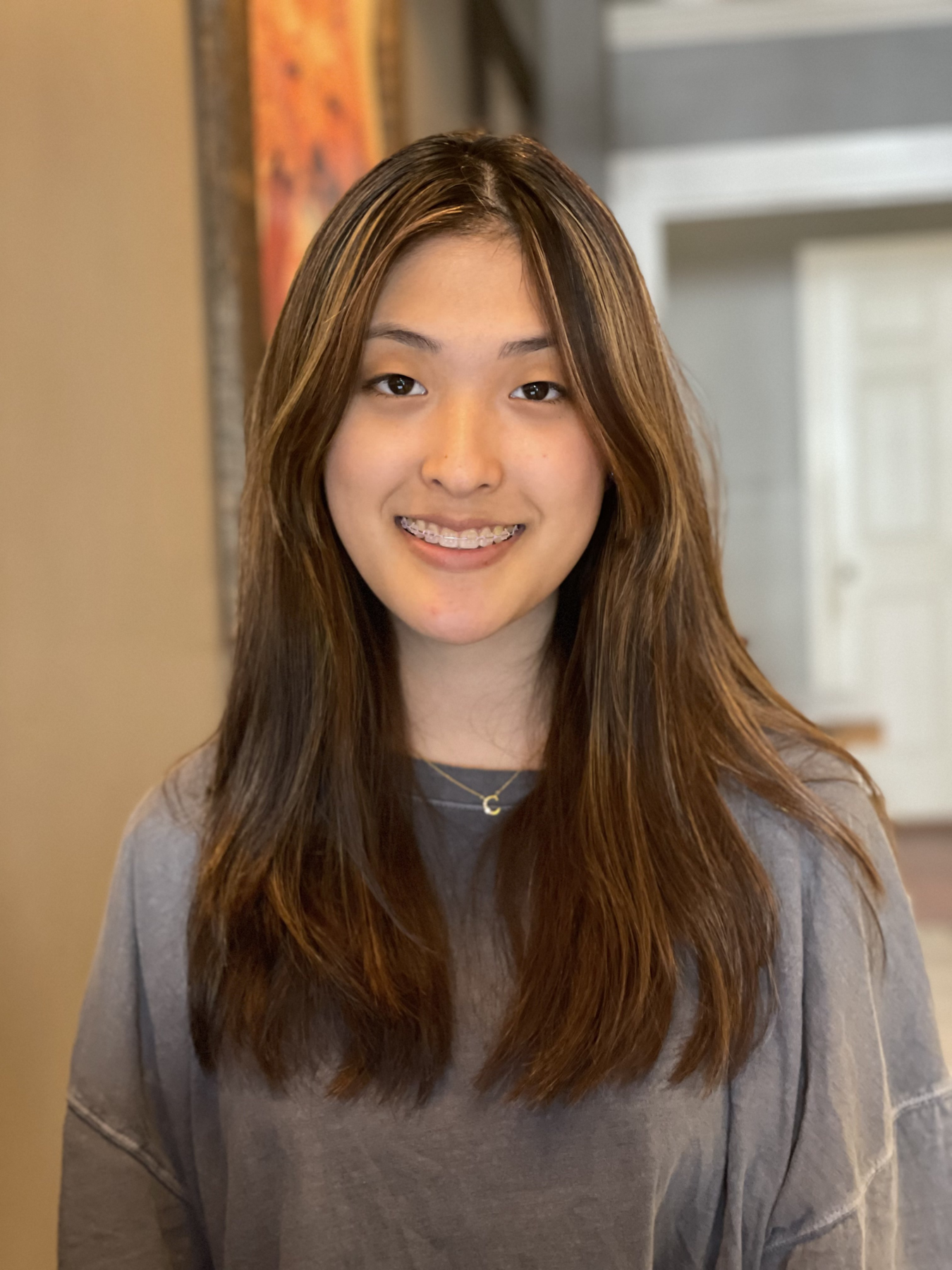About 10 years ago, a young artist named Jeremy Boyle was selected to be an artist in residence at a contemporary art museum in Pittsburgh called the Mattress Factory, in the city’s historic Mexican War Streets neighborhood. Boyle said he wasn’t sure what kind of installation to create for the room-size space in the museum, and eventually settled on what he named “The Studio Project,” which is described as his “ultimate studio” for making art. But it didn’t stop there. Boyle had no place to live. The museum curator suggested, partly in jest, that Boyle might move into the space of the permanent exhibit at the museum, which was created in 1988 by another artist, Allan Wexler. It was called “Bed Sitting Rooms for an Artist in Residence.” Perfect! Boyle took up residence inside the museum for 9 months.
Fast forward to now. Boyle is the resident artist at the CREATE Lab (stands for Community, Robotics, Education, Technology, Empowerment) at Pittsburgh’s Carnegie Mellon University. In 2010, he teamed up with Melissa Butler, an experienced kindergarten teacher in the Pittsburgh public school system, who has creativity to match Boyle’s. Together, and with the support of the university, the school system, and many other players, they designed the Children’s Innovation Project.
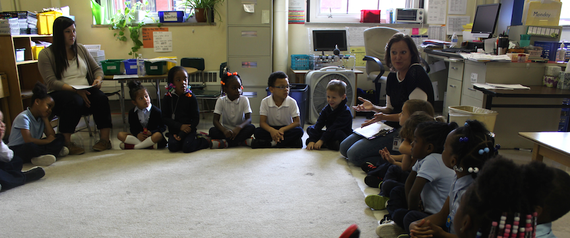
I found it easier to understand all of this by watching the kids in and out of the classrooms at the Pittsburgh Allegheny K–5 public elementary school, in Pittsburgh’s downtown North Shore area.
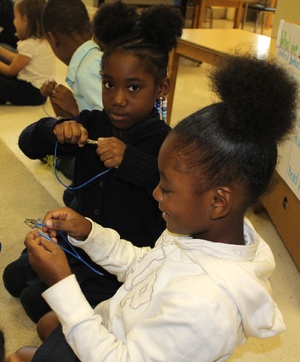
Simple activities became interesting when the kids started talking about them. The teacher held them to a strict protocol when they spoke. When one child picked up his alligator clips and called them as “these things,” the teacher immediately commented, “Let’s be precise. Do you know what they’re called?” One child said clip. Then they all repeated clip, reinforcing the proper vocabulary. When they clipped all their clips together, the teacher asked, “What do we call this? Collaborating. I like that collaborating!” When she asked them what they did with their wires, one said “circle” Another said “square” and another said, “We clipped the clips to the washer.” With so much reinforcement, the new technical vocabulary became as familiar as “thing” or “this”.
On the afternoon I was visiting, there was a big convention downtown. Educators of all sorts, hundred of them, had gathered in the convention center. The Pittsburgh Allegheny fourth graders, veterans of the program by this point, were front and center on stage and on working the floor to demonstrate to the teachers in the crowd how their innovation program worked.

They switched roles and were then guiding the teachers in the audience through making some simple circuitry and encouraging them to work their way through some exploration and troubleshooting when their circuits didn’t work.
The kids were masters. They commanded the vocabulary, wowing the teachers with words like potentiometer and encouraging them to collaborate with each other. They had clearly absorbed the habits of being naturally inquisitive, of iterating with patience and persistence. They let the teachers know it was OK to struggle. The student-teachers never said “no” to a wrong answer the teachers asked, but instead casually disengaged from the scene so that the teachers would collaborate with each other. Watching the maturity and presence of the fourth graders, and seeing how far they had moved along since being kindergartners was impressive—actually, nearly uncanny.
The students are learning plenty about circuitry, mastering a progression from on-off switches to flashing lights, or how to draw schematics for example. But Boyle and Butler talked a lot about how the children were also learning bigger things: how to wonder, how to be fearless and patient and exact, and how to find a way to solve problems.
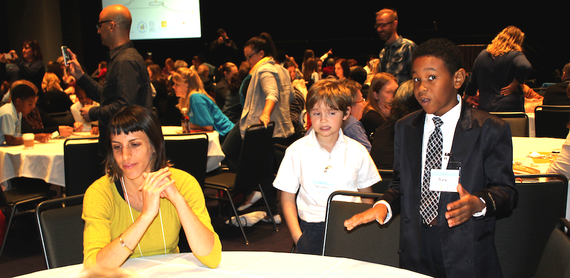
I can’t pretend to know how this classroom learning spills over into the rest of their little lives. The teachers at the school did report that they are finding plenty of opportunities to reinforce the methods and habits of their circuit explorations in their other school subjects. I did hear a few stories about how the circuitry learning directly connected with real life: One little girl reported that the wire and alligator clips they were observing were just like the “things” under the hood of her mom’s truck (jumper cables, obviously).
One thing I do know something about is language. (All my academic degrees are in linguistics.) The self-referential vocabulary that the kids used was, I thought, positive and interesting. They have been taught to call themselves explorers and innovators. It seems to me that this is a very powerful and wonderful way to think of yourself when you’re in elementary school, and something that might even boost your sense of self and of possibility. As an adult, I would contrast this with the subtle shift in the sense of myself I feel when I go into a doctor’s office and move from one of the many labels I have—woman, wife, mother, friend, linguist, writer—to suddenly being a “patient.” It’s not good. It makes me feel vulnerable and powerless. We call ourselves many things; why not choose something very positive to describe being a student in school, and maybe later, a grown up in a complex life.

